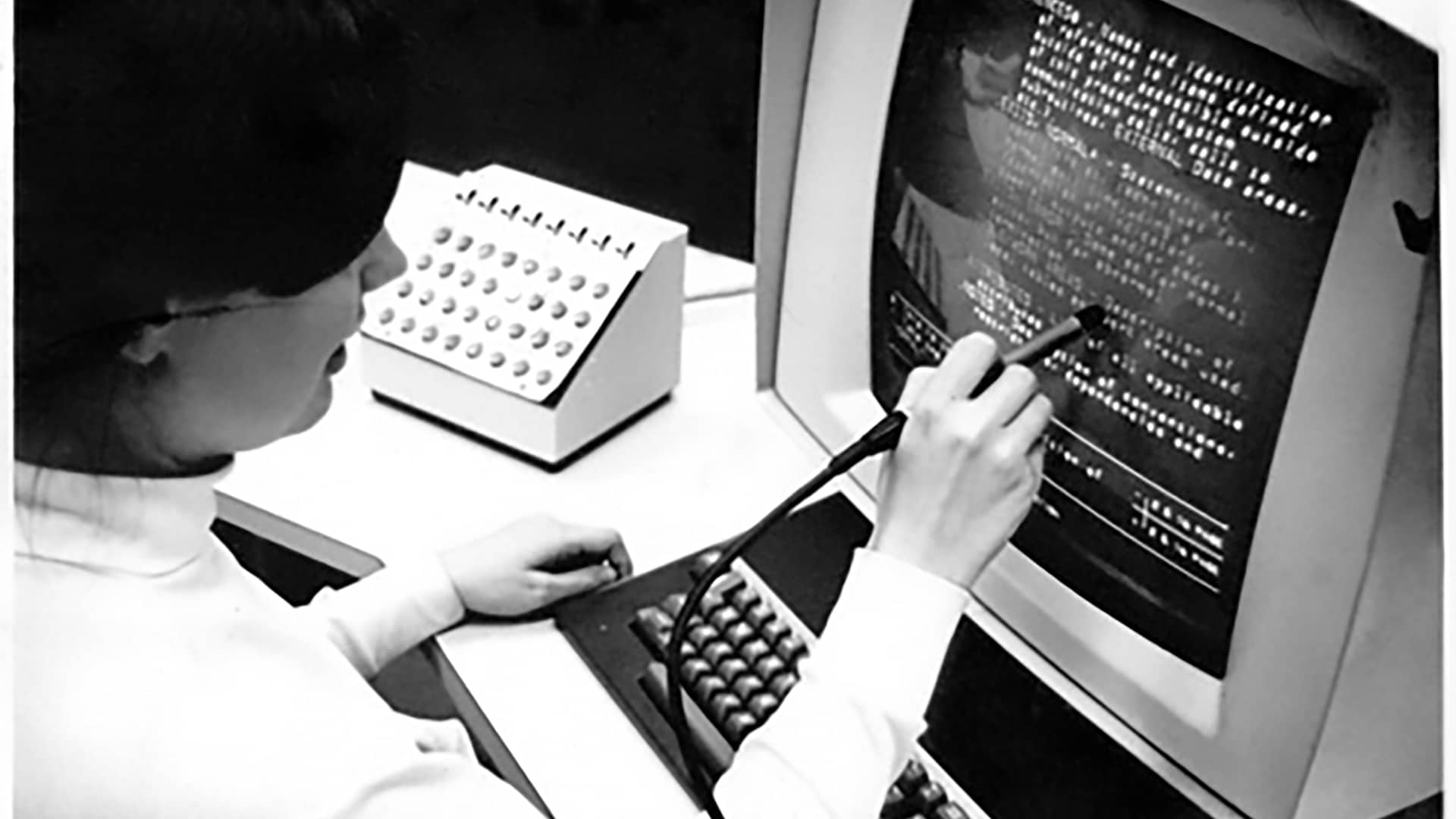The end (of the year, at least) is nigh. So in-between tying up our remaining projects and gearing up for the Christmas bash, we’ve squeezed in a few minutes to get some of Cohaesus’s biggest brains together to reflect on the year that was – and to look forward and see if we can provide any illumination to help chart an onward course into the unknown realm of 2013.
Answering our questions and holding forth on all things tech we have UX Director, Quentin Ellis; Technical Directors, Richard Bundock, Mark Pynen and Matt Meckes; Associate Partner, Daniel Portella; and Associate Software Engineers James Hunt and Graeme Maciver.
We asked three pretty simple questions:
- What great shortcuts helped you do a better job this year?
- What highlights stand out from your 2012?
- What on earth will happen in the industry in 2013?
Here are their answers…
- SHORTCUTS
Quentin:
“One revelation for me was the combination of Evernote with Fireworks to act as a living Style Guide. I saw a great article about this in Smashing Magazine and tried it out: it’s amazing!
“Another time saver has been using CUE (an iPhone app); it makes sure I am where I’m meant to be, when I’m meant to be there.
Richard:
“Some tools we fell in love with this year: I really love ArmorHub as it constantly scans sites for security vulnerabilities; we’ve now made this a standard service we use on all our builds.
“PagerDuty allows us to react fast to issues that require immediate attention. But the biggest saving will come next year when we implement our firm platform (connect) which will create an API that anyone in the company can plug in to. Every business should be building a platform (rather than an intranet), and that includes our agency clients.”
Mark:
“One of the problems I have over and over again is fitting everything I need to do into the working day. Sometimes the amount of work to do can be overwhelming, and figuring out which tasks should be approached first and how best to spend the time I have available isn’t always easy. There are a lot of potential distractions fighting for our attention on a daily basis and procrastination is never very far away.
“In order to combat this I have been using the Pomodoro Technique. The technique is simple, you have a timer (it can be a physical kitchen-style timer, or a software timer on your computer; there are lots of free ones, e.g. www.pomodorotechnique.com) and you divide the day into 25-minute blocks of time.
“You pick a task and then work on it, without any interruptions or distractions, for a full 25 minutes. At the end of the 25 minutes you take a five-minute break. After the break, either pick a new task or continue with the previous task for another 25-minute block. After every four “pomodoros” you take a longer 15–30-minute break to attend to other things. I find that using this technique is easy and can really help me to focus on what is important and minimise the distractions. I thoroughly recommend giving it a go!”
Matt:
“I’ve been really enjoying Heroku. It enables one to create complex hosting environments and replicate them for testing or demos via a few commands. Also the PaaS model means we don’t have to worry about any of the sysadmin tasks to maintain the platform; this is particularly useful for short running apps that may have to scale very quickly (e.g. Facebook apps, etc).”
Daniel:
“My greatest shortcut this year has been Node.js, which is a framework to run JavaScript server-side with a really small learning curve. We were able to build fantastic back-end infrastructures that could support a huge number of users (upwards of 10k, concurrently) with a tiny hosting cost – I’m talking less than $200 a month. It’s saved me a ton of time, and money; I’ve also found Node.js is great to prototype applications and APIs. So, a huge amount of playability. There’s great growth in this platform too, so it’s something to watch next year as it matures.”
James:
“The biggest shortcut for me this year is dropping GUIs for day-to-day tasks that I had previously relied on. For example, I had never thought that using Git through the command line instead of using one of the many GUIs available would be easier. But it really is, once you overcome the initial lack of buttons and pictures, it makes life much simpler. This was quite a big thing for me as I love pretty things and well-designed interfaces.”
Graeme:
“I’ve found Fonts.com has made embedding fonts very easy. Plus imageoptim.com is a great resource for optimising images very quickly and easily; it reduces file size, giving greater efficiency when loading, by removing unnecessary file information that’s used by Photoshop and other image-editors but isn’t required when used for web-based files.”
- HIGHLIGHTS
Quentin:
“One of my highlights of 2012 was hearing Ling Valentine explain how she ensures her website www.lingscars.com remains one of the best on the web. She was funny, inspirational and a refreshing change from the usual conference talking heads.”
Richard:
“We did some amazing work over the year and we rescued a number of our clients from some pretty large problems. It seems that despite knowing better, our clients are consistently choosing the wrong technical partners by basing their decision on cost rather than the level of quality (in terms of deliverables and engagement during the project) the partner can provide.”
Mark:
“The highlight of the year for me was the opportunity to join Cohaesus, and working with a bunch of professionals who are really at the very top of their game, making a difference to their clients each and every day. Everyone at Cohaesus has their own unique skills and having an opportunity to work with people this passionate about technology is thrilling for me on a personal level.”
Matt:
“My highlight of the year has been expanding Cohaesus to be able to take on more of the project lifecycle. In 2011, we only really did application development; my practice now has deeper support for creative coding projects, doubling the size of my team. We also now get involved earlier on in the project with Quentin’s UX practice, which is exciting as it gets us closer to the core idea. Finally Mark’s support and maintenance practice means we help keep projects running, as well as making sure they’re current and engaging.”
Daniel:
“My highlight this year has been setting up my practice at Cohaesus specialising in project rescue and professional services. I love to solve problems, and the best ones are the hardest ones – where all the wheels are falling off. You can build fantastic long-term relationships in these situations. My focus next year is to expand my practice and take on the hard jobs out there; helping people by doing what I do best: getting them out of trouble!”
James:
“My highlight of 2012 was becoming much more familiar with SVG through using Raphael. The ability to create cross-browser interactive elements is quite exciting, making something as boring as creating graphs really quite enjoyable.”
Graeme:
“Some of my highlights of the year include: using Raphael to create animated floor maps of warehouses (although I can’t go into too much detail about that at the moment); using Backbone.js to create an AJAX-driven front end to Drupal; the Facebook hack event we attended at the new Facebook UK office; my Scrummaster course.”
- PREDICTIONS
Quentin:
“2013 will be the year of the technical partner. (I would say that, wouldn’t I?) In 2012 we saw the bigger agencies realising that they can make more money concentrating on digital strategy than they can ever hope to make on digital delivery. Agencies will be looking for partners that make their creative ideas work, and 2013 is the year that they go out and find the best technical partners to meet these needs – be it help with the larger enterprise platforms, or the more bleeding-edge apps. It will be a steep learning curve, but, fortunately for them, we will be there to help!”
Richard:
“I see digital agencies rationalizing their internal technical teams, reducing their quota of in-house developers and replacing them with higher-level technical architects and creative technical architects. And of course, support and maintenance will continue to be a challenging issue for many agencies – the clever ones will be passing on the headache to a trusted partner and continuing to pocket a fee for maintaining the relationship with the end-client.”
Mark:
“I have read this prediction elsewhere, so it’s not exactly unique but I’m inclined to agree with it: Tablet-style devices will become the dominant devices in the market for new sales. More people will consume applications and services using tablet-style devices than ever before, as more people routinely carry these devices around and take them into work. The gap is already closing and 2013 is the year it will happen; this means it will be absolutely essential to consider techniques such as responsive design in order to ensure that the users of websites, applications and services get the very best possible experience – regardless of the screen-size they are using.”
Matt:
“In digital advertising, I think there will be a continued move away from short-lived campaigns and competitions towards creating longer-lived branded experiences. This may be tools that the user finds useful – and ideally become a part of their daily life (Nike+, Banking apps) – or building a platform that keeps users engaged over time with constant updates and traditional activity. Zippo pulled this off with their app, which has been regularly updated to add new virtual lighters. (It sounds silly but it really works!)
“A great blended example of utility and platform would be Kraft’s iFood assistant; it’s a useful recipe tool which has been kept current with lots of regular discounts, competitions and deals. Apps for apps’ sake, which only have a few pages of reformatted brand content from the website and a store finder, will finally die off.”
Daniel:
“Next year platforms will definitely be the focus. People are starting to see that building the roads everyone uses is a far better place to be then riding the trails. Facebook has it nailed on the social profile; they built a great platform for social engagement at a personal level. Although they have struggled to monetise it, they built the social-profile roads. No one can deny that. So many companies will be looking at building platforms in the hope that they become the Facebook of medical legal documents or social fridge magnets – God knows it’ll be a fun year.”
James:
“I see 2013 as being the year for designer–developer collaboration. Even today there is a lack of respect and understanding between many developers and designers. The web will be a better place once both start to utilise one and another’s skillsets to produce truly awesome experiences.”
Graeme:
“Firstly, small businesses, brochure websites, etc. will move to using services like Squarespace instead of hiring developers or designers to create bespoke websites.
“Secondly, more big companies will adopt social platforms (Twitter and Facebook in particular) for their customer-services interactions, and companies like www.conversocial.com will benefit as they will increasingly be used for this.”



